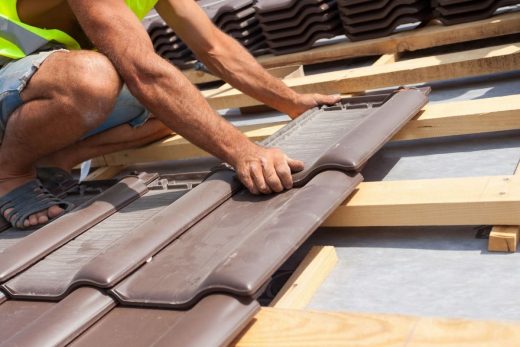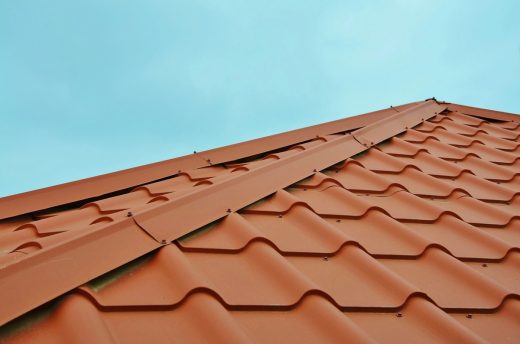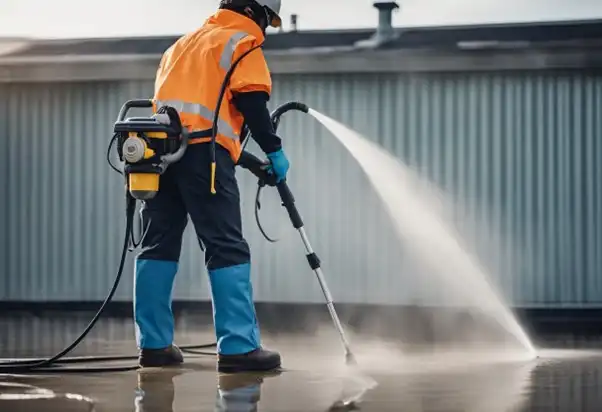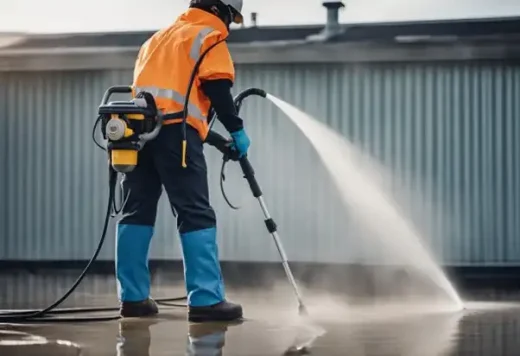Pressure washing your roof, Home maintenance tips, Property roofing work advice
Pressure Washing Your Roof: What You Need to Know
11 September 2024
Regular roof maintenance is crucial for preserving the integrity of your home, and pressure washing is an effective method to ensure it’s done right. It’s important to know that pressure cleaning can help remove debris, mold, and mildew, which can otherwise cause significant damage over time. Companies like Pressure Cleaning Doral offer specialized services to maintain your roof in pristine condition, extending its lifespan and saving you money on potential repairs.
When considering pressure washing your roof, the key is to hire professionals who understand the nuances of different roofing materials. Pressure Washing Doral, for instance, has the expertise to treat various surfaces without causing harm. This knowledge ensures that the cleaning process is both effective and safe for your roof.
Proper pressure washing not only enhances the aesthetic appeal of your home but also prevents structural damage and improves energy efficiency. Investing in regular maintenance through trusted providers like Pressure Cleaning Doral and Pressure Washing Doral can make a notable difference in maintaining the health and appearance of your roof.
Understanding Pressure Washing for Roofs
Pressure washing can effectively clean your roof, removing unwanted debris and stains.
The Basics of Pressure Washing
Pressure washing involves using a high-pressure water spray to clean surfaces. For roofs, this method helps remove algae, moss, and other buildup. It requires specialized equipment and often professional assistance to avoid damaging shingles or tiles. Pressure Washing Doral offers services with professional-grade tools and expertise.
While residential pressure washers often use cold water, hot water can be more effective for removing tough grime. Both options have their use cases depending on the severity of the buildup.
Determining the Need for Roof Cleaning
The need for roof cleaning isn’t the same for every home. Factors like climate, foliage, and roof material impact how often cleaning is required.
- Visible Growth: Algae, moss, and lichen can weaken your roof’s structure.
- Stains: Dark streaks and discoloration indicate the presence of mold or mildew.
- Seasonal Changes: Roofs in wet climates may need more frequent cleaning than those in arid areas.
Regular inspections can help identify signs that pressure washing is needed.
Types of Roofs and Pressure Washing Considerations
Not all roofs are suitable for pressure washing, and different materials require specific approaches.
- Asphalt Shingles: High pressure can dislodge granules, so a low-pressure setting is advised.
- Clay Tiles: These are fragile and can break under too much pressure.
- Metal Roofs: Generally more durable but may still require a cautious approach to avoid denting or scratching.
Pressure Washing Doral tailors their cleaning techniques to the specific type of roof, ensuring optimal results without causing damage.
Best Practices and Safety
To pressure wash your roof effectively, you must choose the right equipment and detergent, apply appropriate techniques, and follow essential safety measures to protect yourself and your property.
Choosing the Right Equipment and Detergent
Selecting the appropriate pressure washer is crucial. A machine with a pressure of 1,200 to 1,500 PSI is typically recommended for roof cleaning. Using stronger equipment can damage shingles.
Pressure Cleaning Doral advises using a wide-angle spray nozzle to spread the pressure evenly and prevent damage. Soft wash systems, which blend lower pressure with water-borne chemicals, are also effective.
For detergents, opt for eco-friendly products specifically formulated for roof cleaning. Avoid bleach or harsh chemicals as they can harm vegetation and corrode roofing materials. Always follow manufacturer instructions to mix and apply detergents properly.
Execution: Techniques for Effective Pressure Washing
Start from the top and work downwards to ensure debris flows off the roof. Maintain a consistent distance of about 2-3 feet from the roof to avoid damaging shingles.
Move slowly and methodically, covering small sections at a time. Apply detergent, let it sit for 10-15 minutes, then rinse thoroughly. Avoid spraying water under shingles as it can lead to leaks and water damage.
Pressure Cleaning Doral emphasizes the importance of avoiding high-pressure settings. Low-pressure settings combined with correct techniques yield the best results without harming roof integrity.
Safety Measures to Protect Yourself and Your Roof
Wear slip-resistant shoes, safety goggles, and gloves. Secure ladders properly and never work on wet roofs, which can be extremely slippery.
Pressure Cleaning Doral recommends having a spotter for added safety. Use harnesses if working on steep or high roofs.
Make sure electrical sources are turned off to prevent electrocution hazards. Lastly, inspect your roof for damage or loose shingles before starting. Damaged sections should be repaired prior to washing to avoid exacerbating problems.
Comments on this guide to pressure washing your roof – House roofing maintenance tips article are welcome.
Pressure Washing Your Property
Pressure Washing Your Home
Pressure Washing Your Property Costs and Safety
Wall Mount Pressure Washer Maintenance
What you need to know about power washing
Soft washing or pressure washing
Roofing Contractor
Roofing Replacement and Repair Posts
6 questions to ask when hiring residential roofing contractor

First Time Replacing Your Roof

The Benefits of Liquid Roofing
Building Articles
Residential Architecture
Comments / photos for the Pressure washing your roof – House roofing repair advice guide page welcome.




